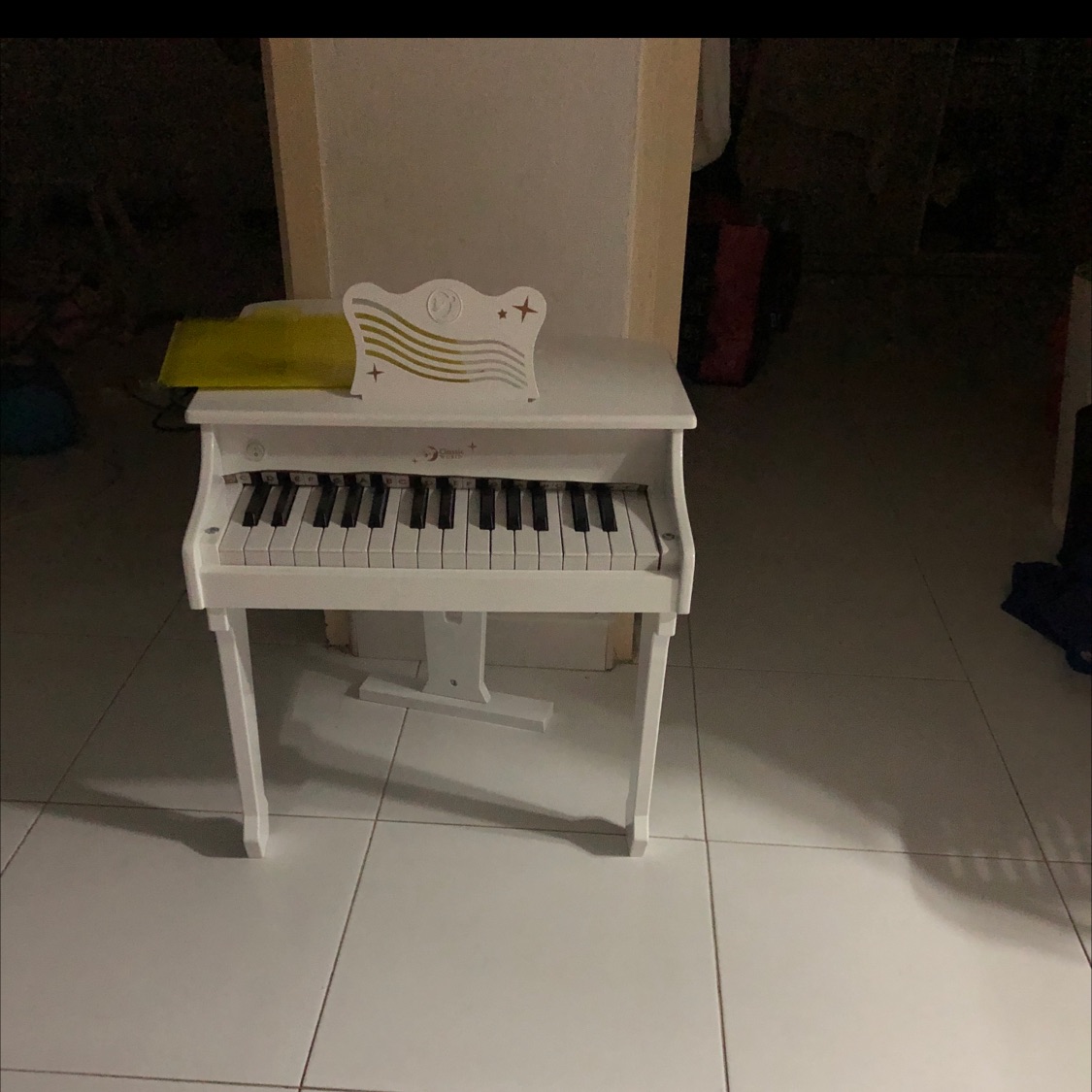
Jason138
暂无个人介绍
IP属地:未知
9关注
2粉丝
0主题
0勋章
Hints : market crash soon?
U.S. stocks end lower ahead of inflation report
FYI
Toplines Before US Market Open on Tuesday
Nice
The second-half recovery is underway, and these are the top stocks to own, analysts say
Hmmm
U.S. IPO Week Ahead: Digital Payments, Mental Health Services, And More In A Diverse 8 IPO
Unbelievable
抱歉,原内容已删除
Believe still be good for value investing
Where Will Apple Stock Be In 10 Years? What To Consider
Buy buy. Don’t wait anymore
AMC Stock Is Surging Again. How to Make Sense of the Move.
Good job
EU regulator endorses Pfizer-BioNTech COVID-19 vaccine for adolescents
Hmmmm
Big Tech mergers: EU prepares new rules but these countries want more control
Y not. Crash more better
Don't Wait For a Market Crash: These 2 Top Stocks Are On Sale
Really effective or not
Moderna shares once gained more than 4%
Hmmmm
Here Are the 3 Bank Moves Warren Buffett Has Made So Far in 2021
For the first time. Lolz
抱歉,原内容已删除
Just buy at dip. Hold on. Then sell it
One area of success investors may overlook when it comes to Palantir stock
Already tip top liao
Walmart Reports Earnings Tuesday. Why Even a Beat Might Not Help the Stock.
Fear fear fear. Good bargain time
Wall Street ends with broad sell-off on spiking inflation fears
Bargain coming soon
Tesla Shares Plunge Over 7% After Company Reportedly Halts Plans To Expand In China
Please push up the oil price. Thanks
Oil prices move lower as traders assess impact of Colonial Pipeline shutdown
$People's United(PBCT)$Good return. Hehe
Job opportunity for certain sector and lost of job for certain sector.
U.S. hiring takes big step back as businesses scramble for workers, raw materials
去老虎APP查看更多动态